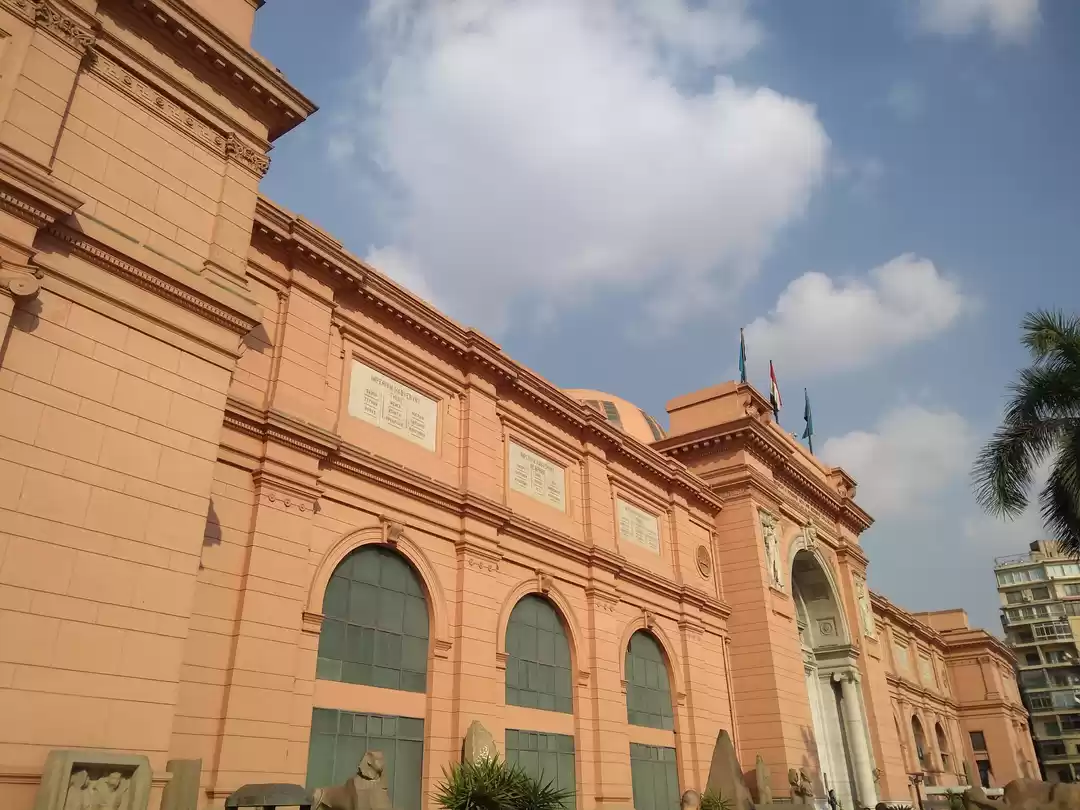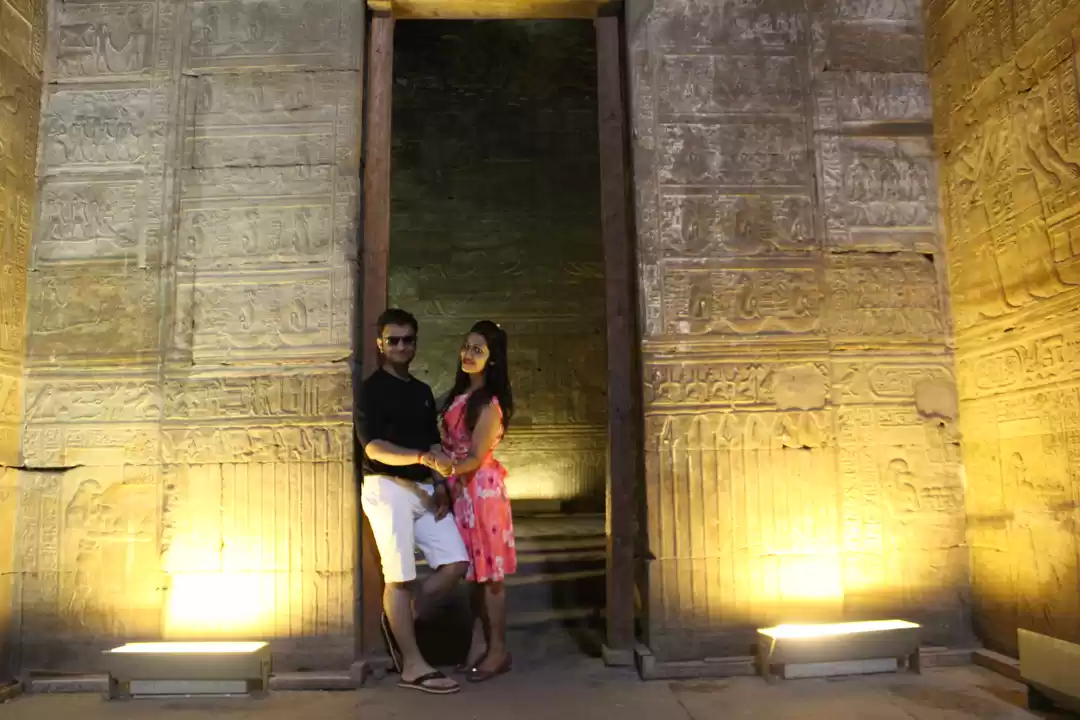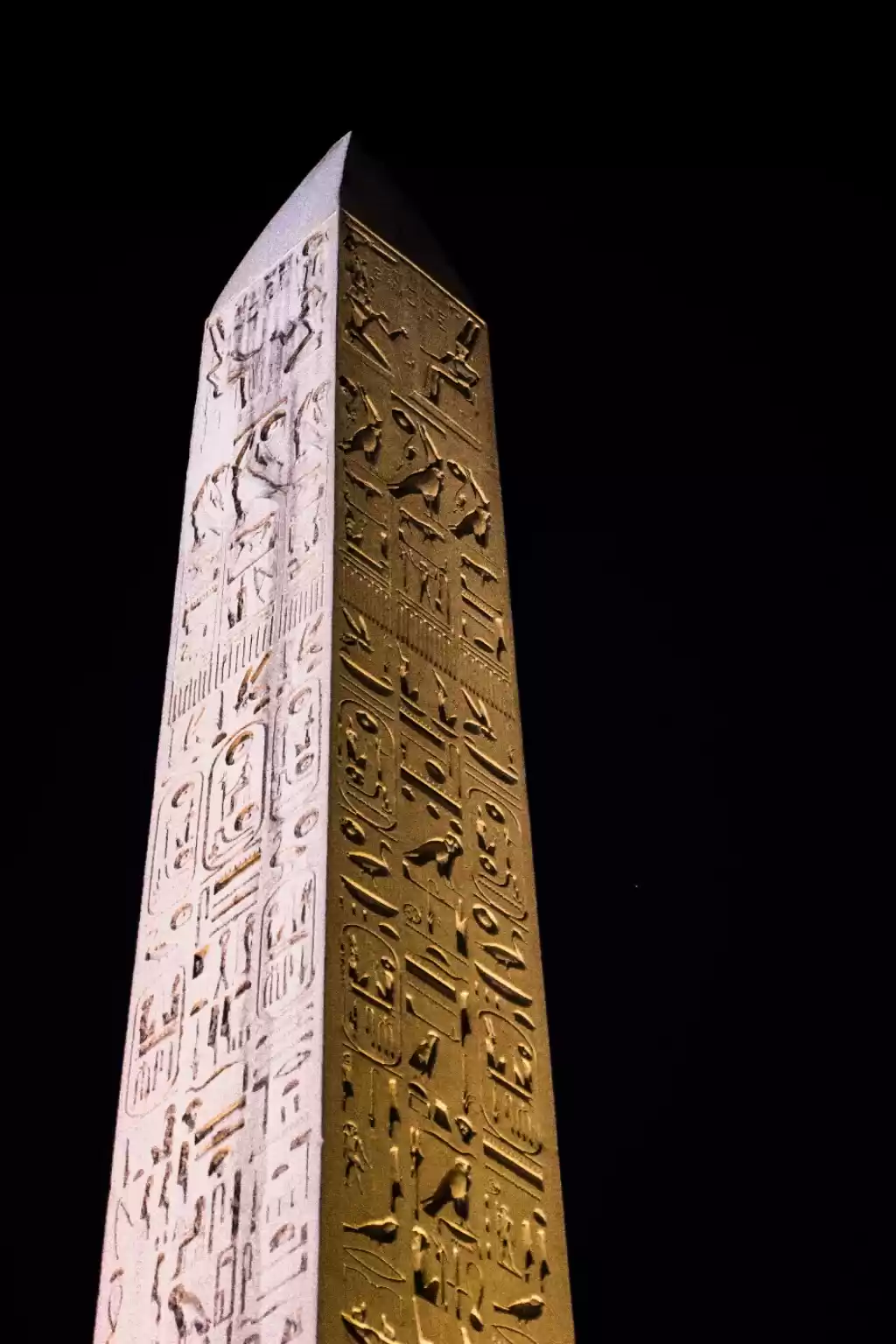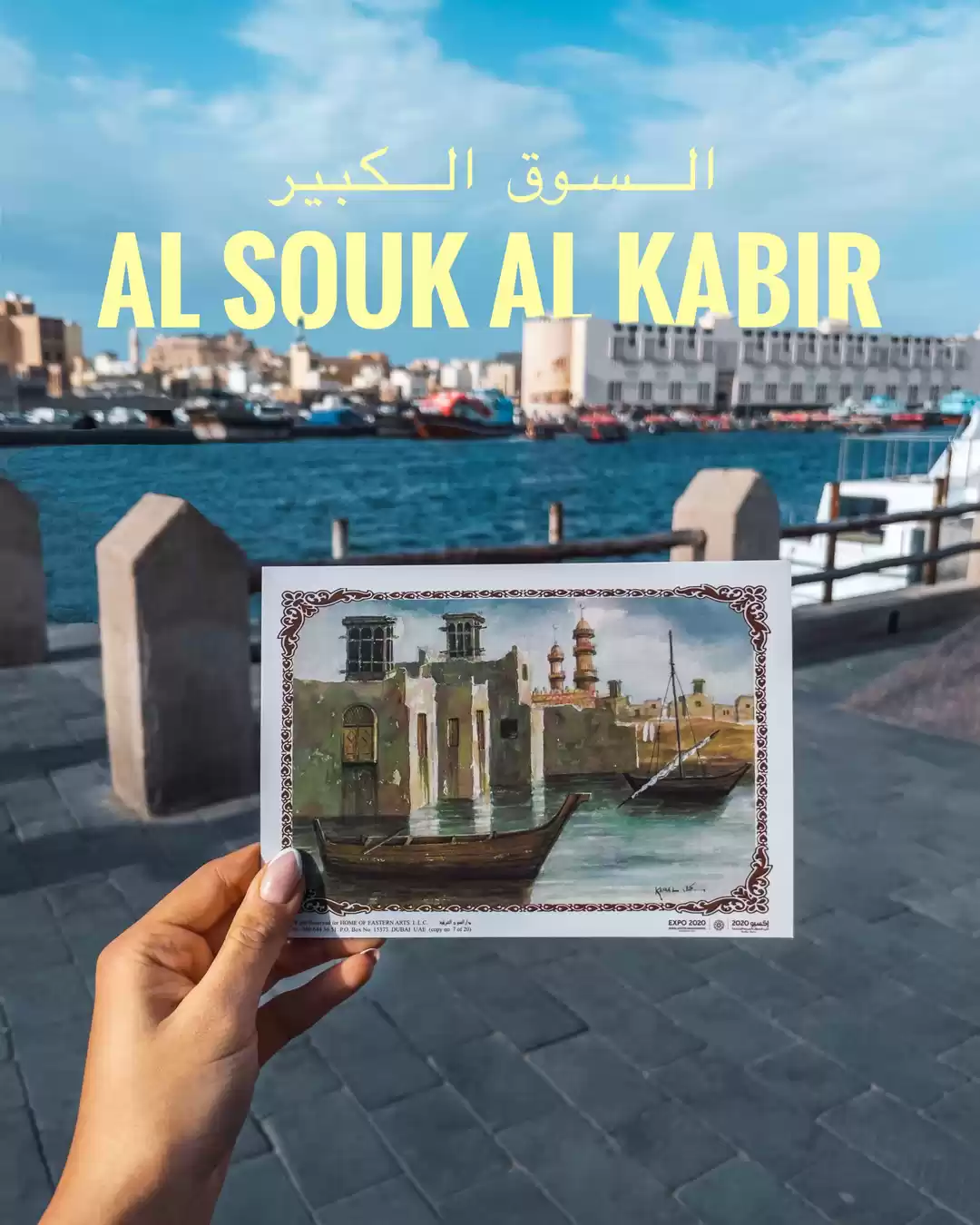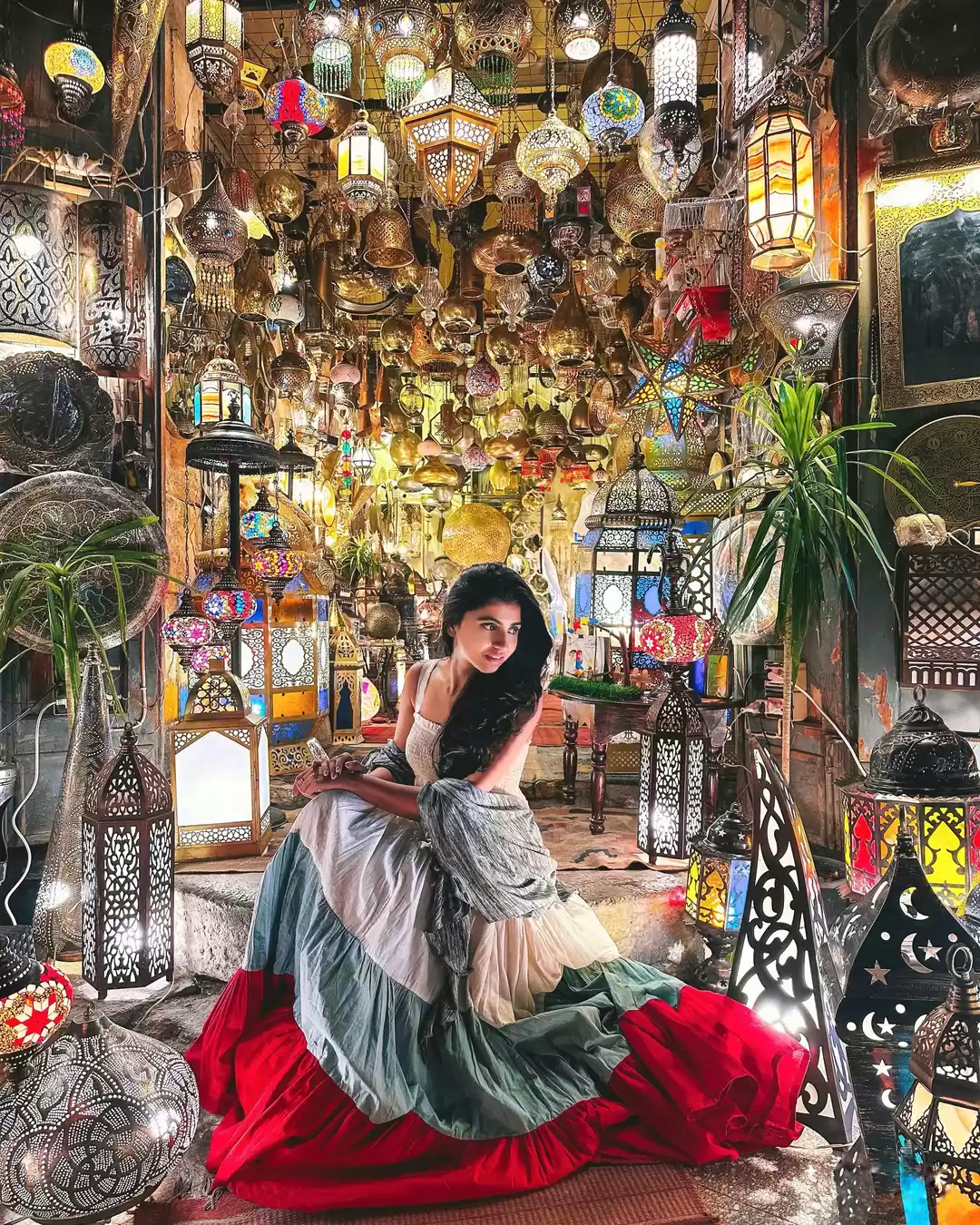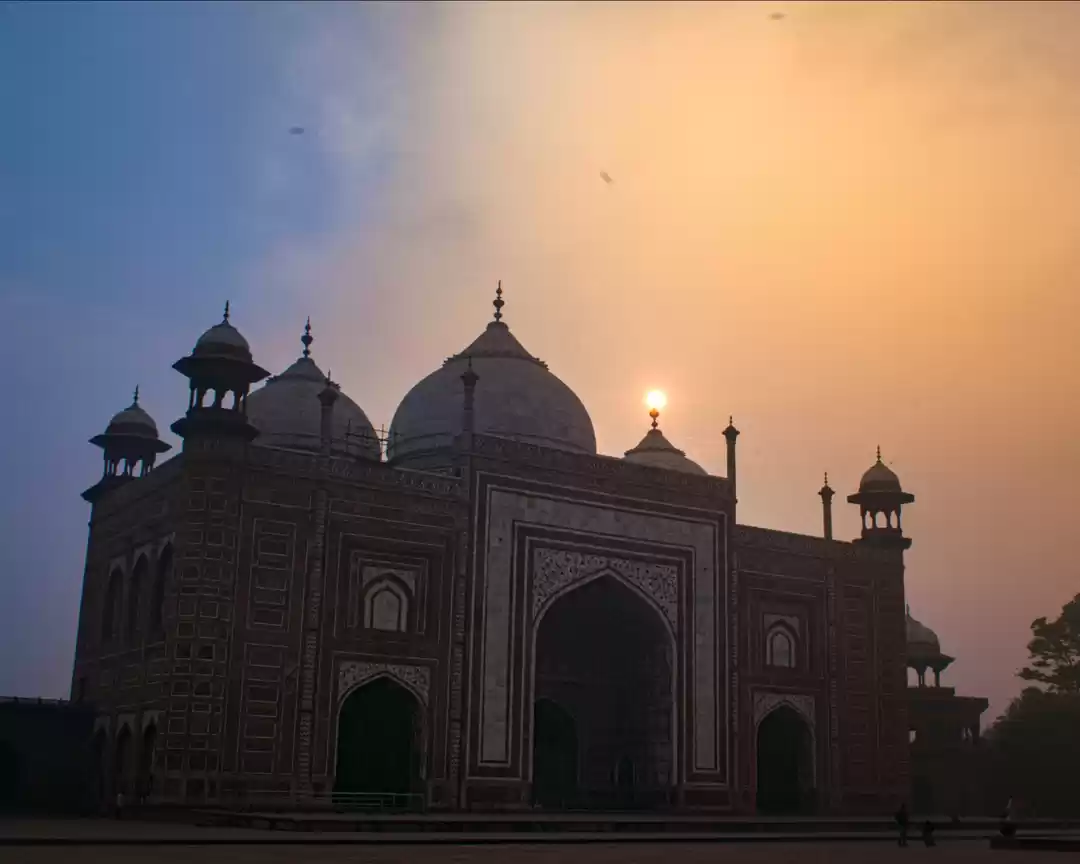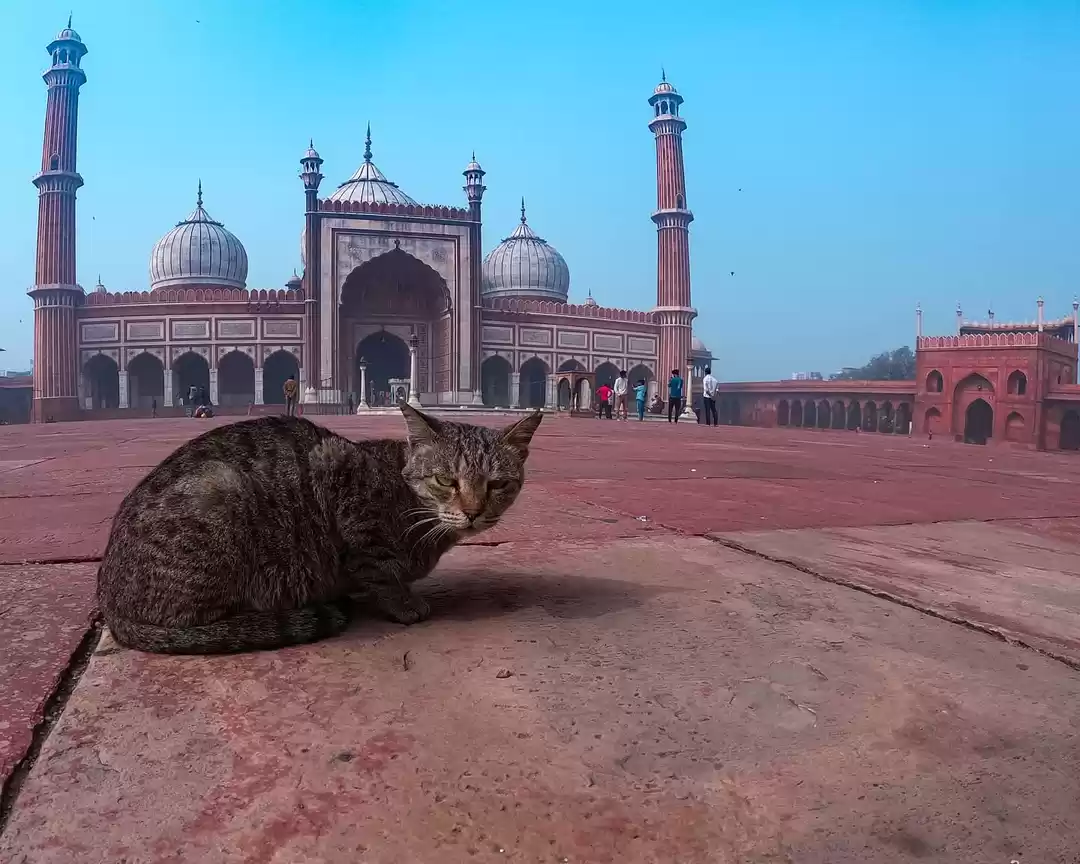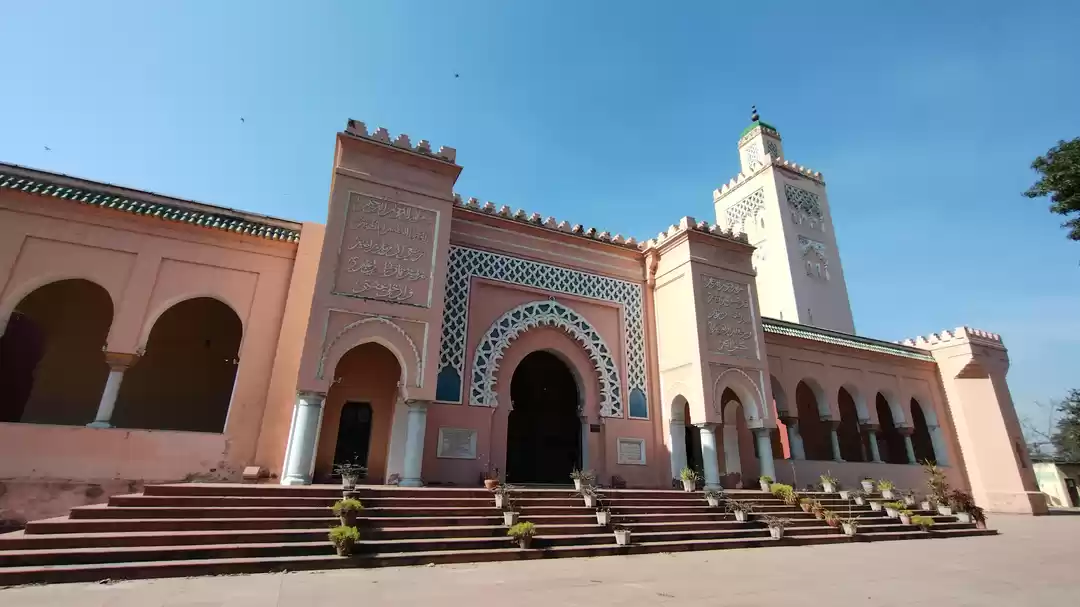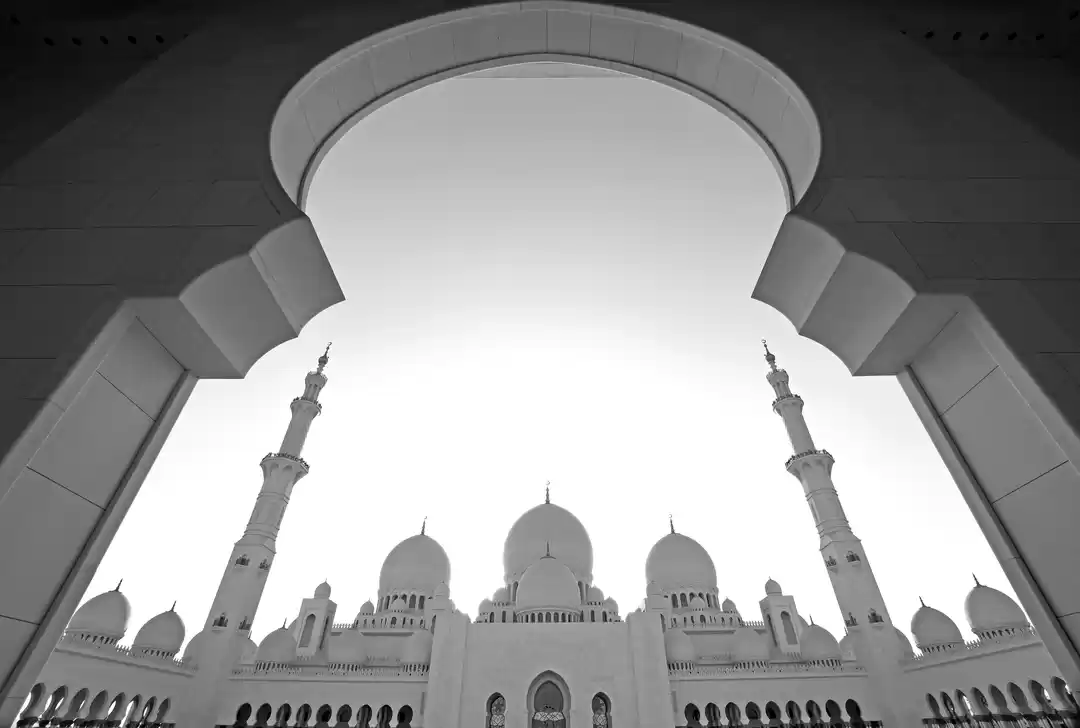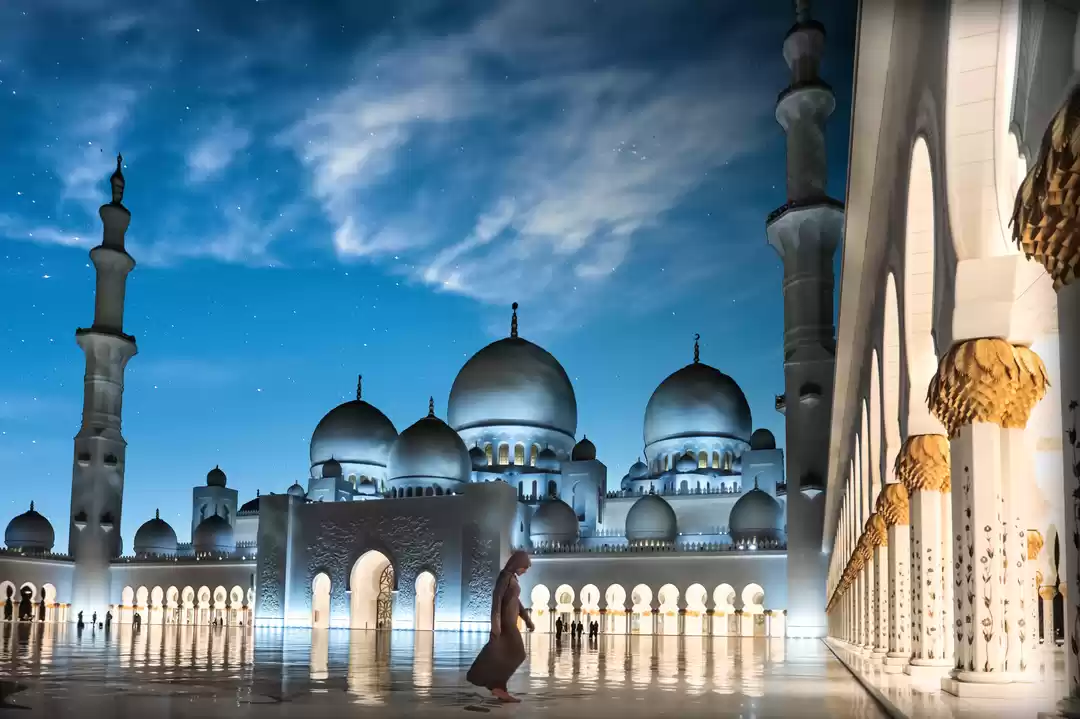Did you know that the Al-Azhar Mosque in Cairo, Egypt, is not only one of the oldest and most beautiful mosques in the world, but also the oldest university in the world? Founded in the 10th century by the Fatimid dynasty, the Al-Azhar Mosque and its university have been the center of Islamic learning and culture for over a thousand years. In this article, we will take you on a journey through the history, architecture, and significance of this remarkable landmark, and show you how to plan your visit to this amazing place.
History of the Al-Azhar Mosque
The Al-Azhar Mosque was built in 970 CE by the Fatimid caliph al-Mu'izz li-Din Allah, who wanted to establish a new capital for his empire in Cairo. The mosque was named after Fatima al-Zahra, the daughter of Prophet Muhammad and the wife of Ali, the fourth caliph and the founder of the Shia branch of Islam. The Fatimids were Shia Muslims who claimed descent from Fatima and Ali, and they wanted to spread their version of Islam in Egypt and beyond.
The mosque was originally a simple structure with a large courtyard and a prayer hall, but it soon expanded to include a madrasa, or a school, where students could learn various subjects, such as theology, law, philosophy, medicine, and astronomy. The mosque and its madrasa attracted scholars and students from all over the Islamic world, and became a hub of intellectual and spiritual activity. The mosque also witnessed many historical events, such as the Crusades, the Mongol invasions, the Mamluk rule, the Ottoman occupation, and the modern reforms. Throughout its history, the mosque and its university have played a vital role in shaping the Islamic thought and culture, and have produced many eminent scholars, jurists, and leaders.

Architecture of the Al-Azhar Mosque
The Al-Azhar Mosque is a masterpiece of Islamic architecture, reflecting the styles and influences of different dynasties and periods. The mosque has five minarets, each with a different design and height, representing the five pillars of Islam. The mosque also has a large dome, which covers the tomb of the Fatimid caliph al-Aziz, who died in 996 CE. The dome is decorated with intricate patterns and calligraphy, and has a distinctive green color, symbolizing the Fatimid dynasty.
The mosque has a spacious courtyard, which is surrounded by arcades and columns, and has a fountain in the center for ablution. The courtyard also has four gates, each facing a different direction and named after a prophet. The main gate is the Bab al-Mu'izz, which faces the north and leads to the main street of Cairo, named after the founder of the mosque. The other gates are the Bab al-Futuh, which faces the east and leads to the Khan el-Khalili bazaar, the Bab al-Nasr, which faces the west and leads to the Citadel of Saladin, and the Bab al-Zuweila, which faces the south and leads to the old city of Cairo.
The mosque has a large prayer hall, which can accommodate up to 20,000 worshippers. The prayer hall has a mihrab, or a niche, which indicates the direction of Mecca, and a minbar, or a pulpit, where the imam delivers the sermon. The prayer hall also has a wooden screen, which separates the male and female sections. The prayer hall is adorned with beautiful carpets, lamps, and chandeliers, and has walls covered with exquisite calligraphy and verses from the Quran.
University of the Al-Azhar Mosque
The Al-Azhar Mosque is also the home of the Al-Azhar University, which is the oldest university in the world and the most prestigious institution of Islamic learning. The university has 10 faculties, which offer various degrees and courses in subjects such as theology, law, Arabic, Islamic studies, medicine, engineering, and commerce. The university has over 100,000 students, both male and female, from different countries and backgrounds, who study under the guidance of qualified and respected teachers and scholars.

The university is also the seat of the Al-Azhar Grand Imam, who is the highest authority of Sunni Islam and the head of the Al-Azhar Islamic Research Academy. The Grand Imam is responsible for issuing fatwas, or religious rulings, on various matters, and for leading the Friday prayers at the mosque. The Grand Imam also plays an important role in promoting interfaith dialogue and peace among different religions and sects, and in addressing the contemporary issues and challenges facing the Muslim world.
Visiting the Al-Azhar Mosque
The Al-Azhar Mosque is open to visitors of all faiths and backgrounds, who want to admire its beauty and learn about its history and significance. The mosque is open daily from 9 am to 5 pm, except on Fridays, when it is closed for the noon prayers. The entry fee is 60 Egyptian pounds (about 4 US dollars) for foreigners and 10 Egyptian pounds (about 0.6 US dollars) for Egyptians. Visitors are required to dress modestly and respectfully, and to remove their shoes before entering the mosque. Women are also required to cover their hair with a scarf, which can be borrowed from the mosque.
The mosque is located in the heart of Cairo, and can be easily reached by various modes of transportation. The nearest metro station is Attaba, which is on the green line, and is about a 15-minute walk from the mosque. The nearest bus stop is Al-Azhar, which is on several bus routes, such as 400, 800, and 900, and is about a 5-minute walk from the mosque. Taxis are also widely available and affordable, and can take you to the mosque from any part of the city.
Other attractions and places of interest
The mosque is also close to many other attractions and places of interest, which you can explore after your visit. Some of the nearby attractions are:

- The Khan el-Khalili bazaar, which is one of the oldest and largest markets in the world, where you can find a variety of goods, such as souvenirs, spices, jewelry, antiques, and books. The bazaar is also a great place to experience the local culture and cuisine, and to enjoy the lively atmosphere and the friendly people.
- The Citadel of Saladin, which is a medieval fortress that was built by the famous Muslim leader Saladin in the 12th century, to protect Cairo from the Crusaders. The citadel has several monuments and museums, such as the Mosque of Muhammad Ali, the Military Museum, and the Carriage Museum, which showcase the history and heritage of Egypt.
- The Museum of Islamic Art, which is one of the largest and most impressive museums of its kind, which displays a collection of over 100,000 artifacts, dating from the 7th to the 19th century, from various regions and periods of Islamic civilization. The museum has exhibits of ceramics, textiles, metalwork, manuscripts, coins, and woodwork, which demonstrate the artistry and diversity of Islamic culture.
The Al-Azhar Mosque is a must-see attraction for anyone who visits Cairo, Egypt. The mosque is not only a stunning example of Islamic architecture, but also a living testimony of Islamic history and culture. The mosque and its university have been the source of knowledge and wisdom for over a millennium, and have contributed to the development and progress of humanity. The mosque and its university are also a symbol of tolerance and harmony, and a beacon of hope and peace for the world. Whether you are a Muslim or not, you will surely be amazed and inspired by the Al-Azhar Mosque and its university, and you will never forget your visit to this remarkable place.
If you liked this article, please share it with your friends and family, and leave a comment below. If you want to book a tour to the Al-Azhar Mosque and other attractions in Cairo, please visit our website and check out our offers and packages.
We hope to see you soon at the Al-Azhar Mosque, the oldest university in the world.


